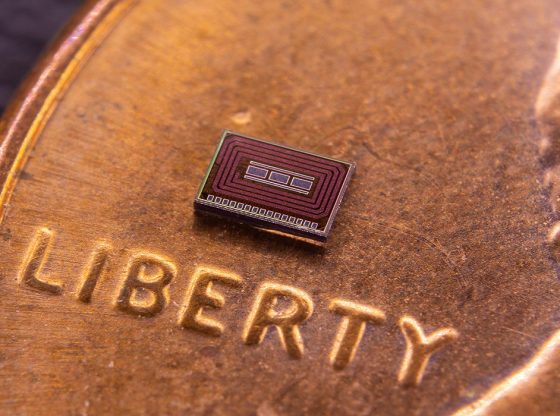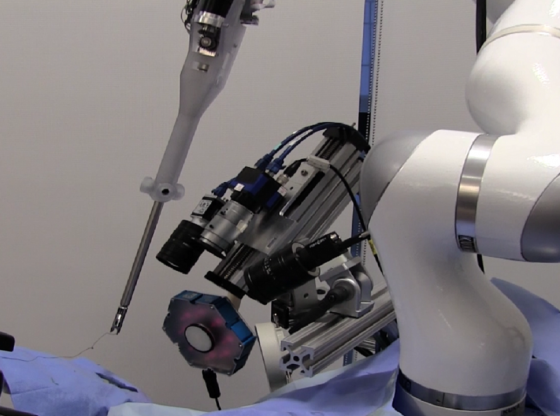
Three patients with chronic paraplegia were able to walk over ground thanks to precise electrical stimulation of their spinal cords via a wireless implant.
The Swiss scientists show that, after a few months of training, the patients were able to control previously paralyzed leg muscles even in the absence of electrical stimulation.
The researchers surgically placing electrodes in the paralyzed participants’ backbones activated signals that told their brains to walk.
These signals are thought to have triggered the growth of new nerve connections in the spinal cord of the patients. Therefore, even after the electrodes were turned off, the patients were still able to walk up to a kilometer without tiring.
Following rehabilitation, the three patients could walk independently – either partially supported or with a walker.
The study, led by the Ecole Polytechnique Fédérale de Lausanne (EPFL) and the Lausanne University Hospital (CHUV) in Switzerland, was published in the 1 November 2018 issues of Nature and Nature Neuroscience.
“Our findings are based on a deep understanding of the underlying mechanisms which we gained through years of research on animal models. We were thus able to mimic in real time how the brain naturally activates the spinal cord,”
– EPFL neuroscientist Grégoire Courtine.
While the results truly are astonishing, the research team is caution that the treatment – called epidural electrical stimulation – is in the early stages and it is not clear for how many people this would work.
Reference:
Fabien B. Wagner et al. Targeted neurotechnology restores walking in humans with spinal cord injury. Nature, 2018; 563 (7729): 65 DOI: 10.1038/s41586-018-0649-2











![OpenAI. (2025). ChatGPT [Large language model]. https://chatgpt.com](https://www.illustratedcuriosity.com/files/media/55136/b1b0b614-5b72-486c-901d-ff244549d67a-350x260.webp)
![OpenAI. (2025). ChatGPT [Large language model]. https://chatgpt.com](https://www.illustratedcuriosity.com/files/media/55124/79bc18fa-f616-4951-856f-cc724ad5d497-350x260.webp)
![OpenAI. (2025). ChatGPT [Large language model]. https://chatgpt.com](https://www.illustratedcuriosity.com/files/media/55099/2638a982-b4de-4913-8a1c-1479df352bf3-350x260.webp)








